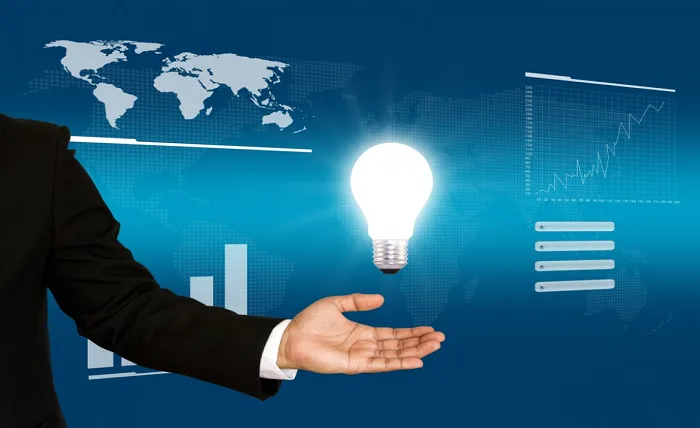Introduction
Welcome to the realm of letter machines! Have you ever wondered about the ingenious devices that effortlessly transform our thoughts into tangible messages? Letter machines, the unsung heroes of modern communication, have an intriguing tale to tell. Let’s embark on a journey to uncover the magic woven by these remarkable inventions.
What is a Letter Machine?
A letter machine is a technological marvel designed to facilitate the creation of written communication. It’s a tool that translates ideas, emotions, and information into the written form. From typewriters to advanced printers, these machines have evolved significantly over time, shaping how we communicate.
Evolution of Letter Machines
The journey of letter machines spans centuries, evolving from rudimentary devices to sophisticated technological wonders. Starting with humble typewriters in the late 19th century to today’s state-of-the-art digital printers and word processors, each iteration has refined the process of document creation and dissemination.
The Age of Typewriters
Typewriters marked a revolution in written communication, enabling faster and more efficient writing. Their distinct mechanical keys striking inked ribbons left an indelible mark on paper, a legacy that echoes in today’s digital interfaces.
Digital Era and Printing Innovations
Advancements in technology birthed digital printers and word processors. These modern letter machines embrace digitalization, allowing seamless editing, formatting, and mass production of documents.
How Letter Machines Work
Letter machines function by translating human input into written or printed output. Typewriters use a mechanical arrangement of keys connected to characters, while modern printers and word processors digitize and reproduce text electronically.
Mechanism of Typewriters
Typewriters employ a series of keys and levers that strike an inked ribbon, transferring characters onto paper. Each key press triggers a precise mechanism, leaving a visual imprint of the chosen character.
Digital Printing Process
Digital letter machines utilize computerized systems to process, format, and reproduce text or images. Laser and inkjet printers create text by placing droplets of ink or toner onto paper, replicating digital content accurately.
Applications of Letter Machines
Letter machines find versatile applications across various sectors, revolutionizing how we communicate and disseminate information.
Office Environments
In offices, letter machines streamline administrative tasks, aiding in drafting official documents, printing reports, and enhancing organizational communication.
Publishing and Printing Industry
In the publishing realm, these machines enable the efficient production of books, newspapers, and magazines, fostering the dissemination of knowledge and entertainment.
Impact on Communication
The advent of letter machines has revolutionized communication by enhancing efficiency and accessibility.
Accessibility and Reach
Letter machines have democratized communication, allowing individuals worldwide to connect and share ideas without geographical barriers.
Speed and Efficiency
The speed and efficiency of letter machines have accelerated the pace of information exchange, facilitating rapid communication across distances.
Advantages and Disadvantages
While letter machines offer numerous benefits, they also pose certain drawbacks.
Advantages
Efficiency: Streamlines document creation.
Accessibility: Enables mass communication.
Precision: Ensures accurate reproduction of content.
Disadvantages
Dependency on Technology: Vulnerable to malfunctions and technical issues.
Environmental Impact: Printing consumes resources and contributes to waste generation.
Future of Letter Machines
The future promises further innovations in letter machines, integrating advanced technologies for enhanced efficiency and sustainability.
Integration of AI and Automation
AI integration will likely lead to more intuitive and automated letter machines, simplifying complex tasks and improving user experience.
Sustainable Solutions
Efforts towards eco-friendly printing technologies will drive the development of sustainable letter machines, reducing environmental impact.
Conclusion
In conclusion, letter machines have played an integral role in shaping communication throughout history. From typewriters to cutting-edge digital printers, these devices have been pivotal in transforming our thoughts into written expressions.
FAQs
Q1: How do letter machines differ from modern printers?
A: Letter machines encompass a broader category, including typewriters and modern printers. While typewriters directly imprint characters on paper, modern printers use digital technology for printing.
Q2: Are letter machines still relevant in the digital age?
A: Absolutely! Letter machines continue to evolve, adapting to digital interfaces and retaining significance in various domains like publishing, administration, and more.
Q3: What role do letter machines play in personal communication?
A: Although emails and digital messaging dominate, letter machines remain relevant for formal and personalized communication, adding a touch of authenticity.
Q4: How have letter machines impacted literature and publishing?
A: They have revolutionized the publishing industry, enabling faster production of books and facilitating widespread dissemination of literary works.
Q5: What’s the environmental impact of letter machines?
A: While enhancing communication, letter machines contribute to environmental concerns due to resource consumption and waste generation through printing.
Crafted to unravel the mystique behind letter machines, this article sheds light on their evolution, impact, and future prospects. As these machines continue to redefine communication, embracing innovation and sustainability remains key to shaping a connected world.



